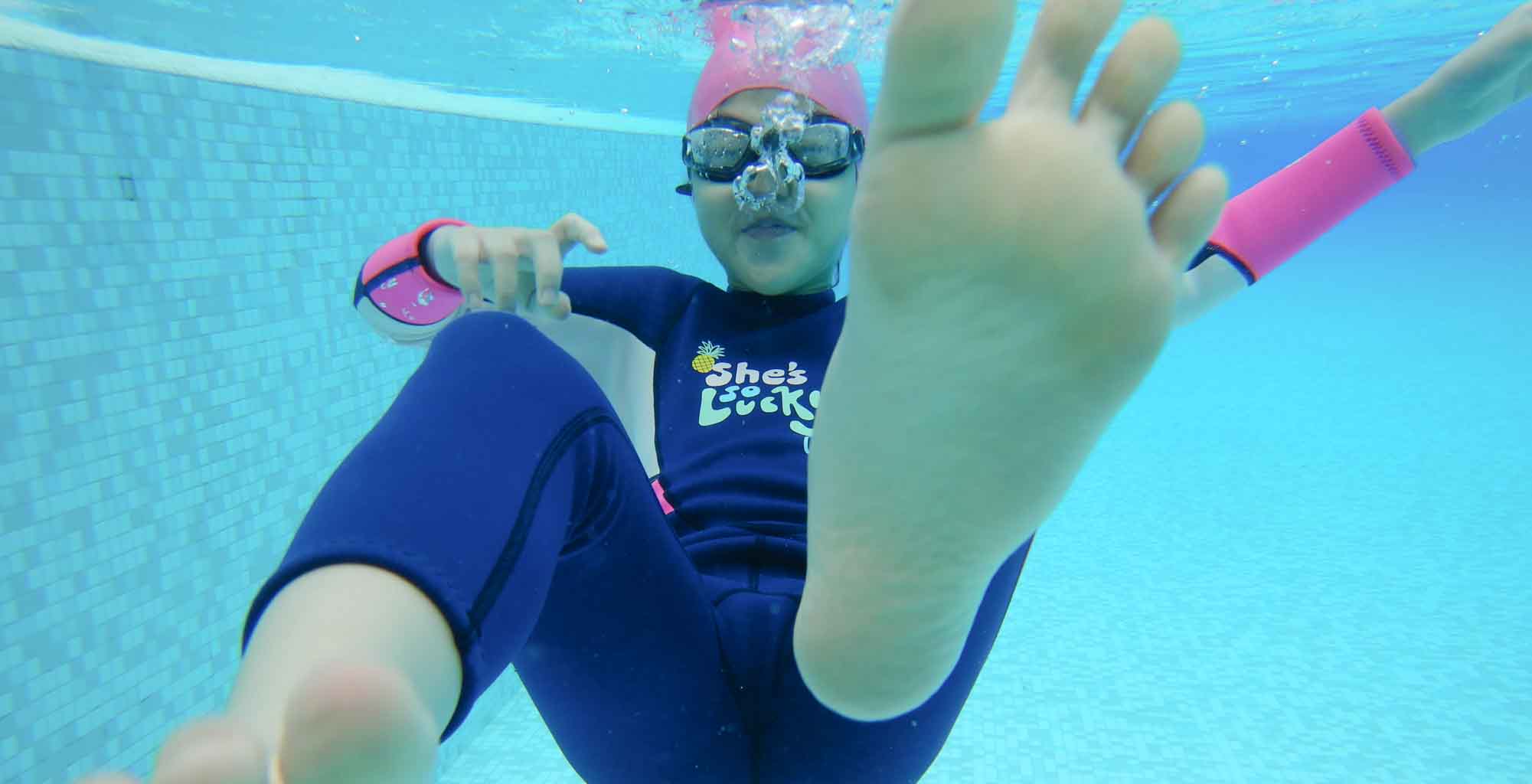Learning Breath Control

Breath Control
There are many steps to learning how to swim, but one of the first is to learn how to breathe. This is a skill that even babies can learn quickly and lose if they don’t keep practicing. This skill of taking a full breath of air and exhaling underwater while swimming, diving, and exploring the water will be taught next.
Simple breath control skills can be learned in the bathtub and shower. It means inhaling when your face is raised or turned, just breaking the surface, and exhaling while your face is submerged in the water.
Rhythm is very important when you do this. One could get water in their nose or mouth while swimming. However, it’s not dangerous, but it’s just unpleasant.
To avoid inhaling or ingesting water, you must learn how to do this skill through practice. One way to learn this is to breathe in, then submerge your lungs to exhale. This is very simple and easy to do. This can also be done in the bathtub and shower!
You can direct your exhaled bubbles down your body to avoid having them in your face by gently pulling your chin in and lowering your upper lip. Both your nose and mouth should be able to breathe out at once.
When training beginners to swim, there are four primary abilities that they must master before moving on to the next step.
To swim properly, a youngster must be taught buoyancy, submersion, balance, and breath control. Of the four abilities, breath control is undoubtedly the most important for a youngster to learn to enjoy swimming safely. There are several methods for ensuring that these teachings are adequately ingrained.
Blowing Bubbles
Blowing bubbles in water is the most straightforward approach to educating a youngster about breath control. When your child is floating in water in the tub at home or a pool, have them blow bubbles into it. This teaches children about breath control, but it also teaches them about submersion and how to deal with their mouth and nose being submerged in water. Blowing bubbles like this have other advantages. It acquaints infants with the sense of needing to come up for air after submerging and is the best technique.
Introducing Games
Playing games and having fun may be used to teach your child about breath control, which is bobbing for apples. Bobbing for apples is a game where players fill a large tub or basin with water and then drop apples to float around. Next, the players must use only their mouths and teeth to remove the apples from the tub. Teaching your children how to play this game will also teach them how to hold their breath. They will also learn to become accustomed to multitasking in the water, holding their breath while performing other tasks.
Dive For Rings
Another way to teach your young children how to manage their breathing is to have them dive for rings. Children playing with rings and dive sticks and recovering them from deep underwater is a familiar sight at any beach or local neighborhood pool. Diving for rings is a fun sport for groups of youngsters to do that also teaches them greater respiratory control just by participating. This method is only appropriate for youngsters who are already comfortable swimming in the water and have some experience with total submersion.
One final way to teach a youngster adequate breath control is the simplest of all: simply letting them practice outside of the water. This allows you to assist your child in developing the abilities required to be a strong swimmer without placing them in danger of drowning. You may fool your youngster into practicing their breath control wherever you are by presenting this idea to them as an enjoyable game or competition.
Simply having them do things like seeing how long they can hold their breath can be excellent practice and a fun method to improve their swimming abilities.


